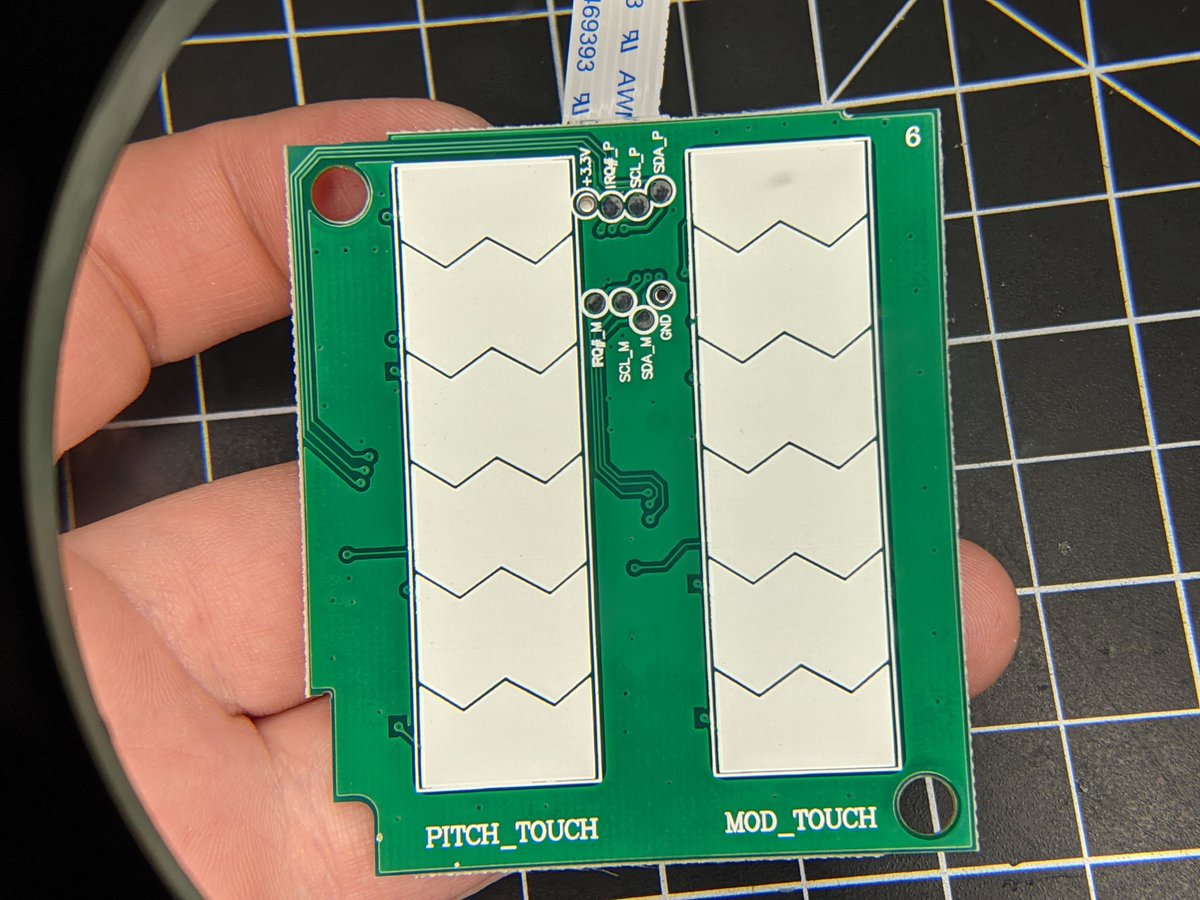First up is the brains of the operation: an STM32F103. Not a lightweight chip: It's a Cortex M3 @ 72MHz. It's got 256kB of flash and 48kB of RAM and that's a 100-pin TQFP package!
https://www.st.com/en/microcontrollers-microprocessors/stm32f103.html
https://www.st.com/en/microcontrollers-microprocessors/stm32f103.html
The KeyStep has a 9V power input so I wanted to see what voltage regulator it uses - no surprises here, it's the tried and true LD1117. Nice heatsink design.
Also interesting is this USB connector - look at all that solder! This baby ain't breaking off without a fight.
On the other side of the CPU board there's a couple of TL062s that presumably drive the pitch and mod CV outputs.
https://www.ti.com/lit/ds/symlink/tl062.pdf
https://www.ti.com/lit/ds/symlink/tl062.pdf
I'd never seen a package like this before. Turns out it's just an optocoupler used to electrically isolate the MIDI interface.
https://www.everlight.com/file/ProductFile/EL357N-G.pdf
https://www.everlight.com/file/ProductFile/EL357N-G.pdf
Here's another interesting part: the XL6007 buck/boost regulator. In this case it seems to be boosting up the 5V rail to a 12V rail. Why, you might ask?
http://www.xlsemi.com/datasheet/XL6007%20datasheet.pdf
http://www.xlsemi.com/datasheet/XL6007%20datasheet.pdf
It's clearly a multigang pot but this is presumably just wired straight into an ADC channel on the MCU, so I'm not sure why they sprung for that.
On the backside is two of these chips which are presumably the capacitive touch sensor chips. However, I can't seem to find any details on these.
Alright that's all folks. See you next time.

 Read on Twitter
Read on Twitter














